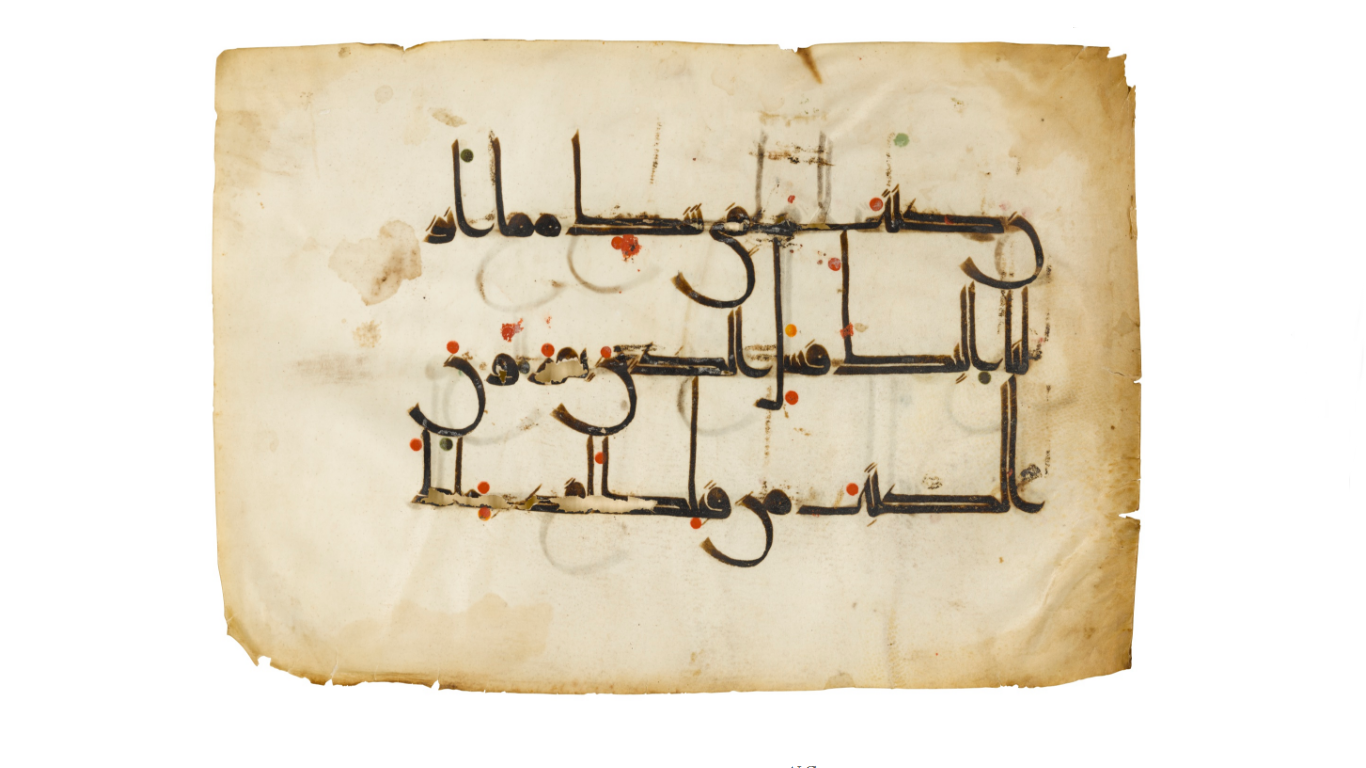EVERYTHING YOU NEED TO KNOW ABOUT THE ISLAMIC ART WEEK: WHAT IT IS, WHAT WILL BE SOLD AND WHAT TO EXPECT
by Giulia Gallini
Twice a year the three most important auction houses in the world – Bonhams, Sotheby’s, and Christie’s – organize the Islamic Art Week, the major event in the art market of Islamic Art. This year is no exception and this week is the week.Traditionally, the Islamic Art Week comprises four auctions: the Islamic and Indian art auction at Bonham’s, the Arts of the Islamic World at Sotheby’s and the two auctions Arts of the Islamic & Indian Worlds and Arts & Textiles of the Islamic & Indian Worlds organized by Christie’s. The four of them present what we can call the traditional lots: lots belonging to the artistic tradition of the Islamic lands, objects that attract antiquities collectors and that can span from the manuscript to the pottery tile.
In the last few years, anyway, the Islamic Art Week has enlarged its scope and audience: to the four traditional ones, new auctions have been introduced, concentrating on other aspects of the Arab-Islamic world. For instance, during the last Islamic Art Week (April 2016) Sotheby’s organized its own Orientalist & Middle Eastern Week comprising five auctions that spanned from the traditional to the contemporary art.
This edition of the Islamic Art Week will be no exception. The week will host a variety of auctions: Bonhams, that opens the Islamic Art Week with its traditional Islamic and Indian Art auction, will also close the venue, with the Modern and Contemporary South Asian Art. Sotheby’s proposes a quite identical auction on the 18th of October, followed by the sale of the Khosrovani-Diba Collection. The Islamic Art Week will close in Sotheby’s with contemporary art. Christie’s stands out in this edition for its digital turn: among the three houses, Christie’s is the only one proposing an online sale of Islamic Art, just before the starting day of the Islamic Art Week.
With nearly 1,200 lots on sale during the four traditional auctions, this edition’s sales are bigger than in the two last editions: last spring and autumn the total lots on sale were about 1050. Basing on past editions, it is expected that about 700 lots will be sold, realizing a total price of around 11 million pounds. As in the earlier editions, Sotheby’s lots stand out for their beauty and their price: among them, noteworthy are the fifty manuscripts of different periods and places that formed the collection of the late Jafar Ghazi. Some of them are estimated as much as £120,000.
As always these four exhibitions will show how the Islamic art market is going: how it is evolving and what to expect for the future. This in a period when the Islamic world is on the one hand lavishly displayed in museums, and on the other hand gruesomely portrayed in the everyday news.

